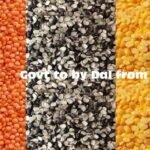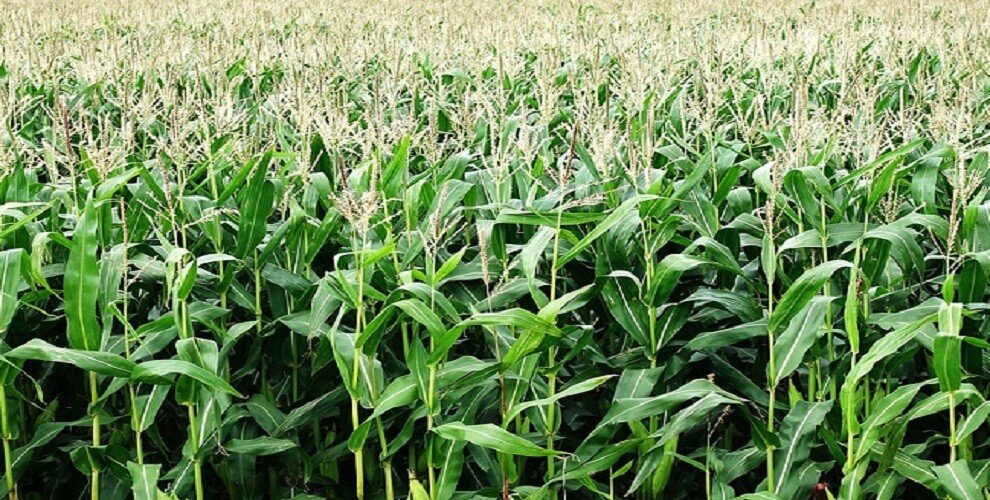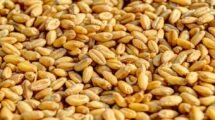This year, Chinese farmers have sharply increasing maize plantations, which is projected to reduce the previous frenzied desire to imports into 2022 and cash in demand-fuelled record prices.
According to market participants, the expansion, which comes primarily at the expense of soybeans and other crops such as sorghum and edible beans, would increase China’s maize output by at least 6% in 2021/22.
This will certainly reduce the likelihood of a repetition of last year, when strong hog feed demand boosted China’s corn use beyond local supply, triggering a 26-million-tonne import spree that transformed the world’s greatest grain producer into the top maize importer.
‘This year, I’m going to cultivate maize on all of my land. Nothing else,’ said Li, a farmer in northern Hebei province who produced millet on around one-third of the 300 mu (20 hectares) of land he maintains last year.
Also Read: Maize acreage increased by 41% in Karnataka in current Kharif season
‘Corn prices skyrocketed last year. Profits would be good,’ added Li, who did not want to provide his full name.
Consistent and precise data on China’s crop footprints are difficult to come by, especially since the mysterious suspension of Beijing-based agriculture information service Cofeed.
The private consultancy, which many in the market considered to be the most thorough supplier of grain and oilseed information in China, stopped updating data in April.
With Cofeed unavailable and other consultancies hesitant to deviate too far from government estimates, which are frequently regarded as conservative, market participants have become increasingly reliant on anecdotal evidence for near-term assessments on acreage movements.
JCI forecasts a 6.2 percent increase, or roughly 14.9 million tonnes, in corn output in 2021/22 to 253.9 million tonnes, the highest in four years. According to JCI analyst Rosa WangJCI, ‘based on surveys of farmers and other industry participants such as seed suppliers, maize acreage will increase by 3.9% to 42.0 million hectares.’
‘Corn costs are high, but the benefits are good. People still believe there will be a maize scarcity (this year), despite the fact that livestock farming is recovering.’ mentions JCI.
‘Farmers are tremendously enthusiastic about raising maize. The government also encourages more corn planting.’
While the JCI predictions are on pace with and somewhat higher than the China National Grains & Oils Information Center’s 3.96% and 4.9% increases in acreage and output, respectively, other forecasters – and farmers themselves – argue they are too conservative.
Huatai Futures, a large futures brokerage in China that conducts farmer planting surveys, predicts a 14.5% increase in output and a 6.2% increase in acreage.
According to Zhang Zhidong, an analyst with Huatai Futures, Farmers in the northern province of Heilongjiang, the country’s top corn and soy grower, planted 27% more corn than a year before.
JCI predicts that corn output in Heilongjiang will increase by 20% year on year to 36.65 million tonnes in 2021/22.
Also Read: Pakistan emerging serious competitor to India in world Maize market
Drop-in imports
China has long controlled corn imports through a system of low-tariff quotas, which have usually totaled roughly 7 million tonnes per year.
Last year’s spike in benchmark Dalian corn prices, on the other hand, outpaced international prices by so much that importers could still bring in foreign maize, pay the full duty, and make a profit. The United States and Ukraine are two key exporters that have profited from China’s grain purchase splurge.
Amid concerns about food inflation, Beijing has backed the corn planting campaign in key grain centres, reversing a years-long policy of encouraging farmers to diversify away from maize after officials stopped an expensive corn stockpiling scheme and auctioned off massive surpluses.
The increased corn acreage ‘should pressure on prices and lessen China’s need to import a bit,’ according to Darin Friedrichs, senior analyst at commodity brokerage StoneX, who forecasts 15 million tonnes of corn imports in 2021/22.
The US Department of Agriculture’s China attache predicts 2020/21 imports to fall to 20 million tonnes, down from the USDA’s official projection of 26 million tonnes, due to a reduction in global corn price competitiveness and increased domestic production.
According to JCI, corn imports could total 27 million tonnes, down from its previous projection of 30 million tonnes.
Soybean slash
Corn’s gains come primarily at the expense of soybeans, which may have the opposite impact of increasing soybean imports, which come predominantly from the United States and Brazil.
China’s soybean imports are expected to reach 103 million tonnes in the 2021/22 season, up from 100 million tonnes in 2020/21, according to the US Department of Agriculture.
‘We raised corn planting acreage by 25%, resulting in a 25% decrease in soybean acreage,’ said farmer Liu, who co-manages roughly 1,700 hectares in Heihe, a traditional soybean stronghold in Heilongjiang.
Another farmer, Han, who oversees more than 750 mu of land in neighboring Inner Mongolia, has replaced all of his soybean holdings, or roughly 80% of his land, with corn this year, wagering on ‘bullish corn prices.’
Back in Hebei, Mr. Li is relieved to be able to return to cultivating maize after previously planting soybeans and millet.
‘We don’t have much experience growing other crops,’ he explained. ‘After harvesting wheat, we used to always grow maize. It has generally been like this for years and generations.’


















Add Comment